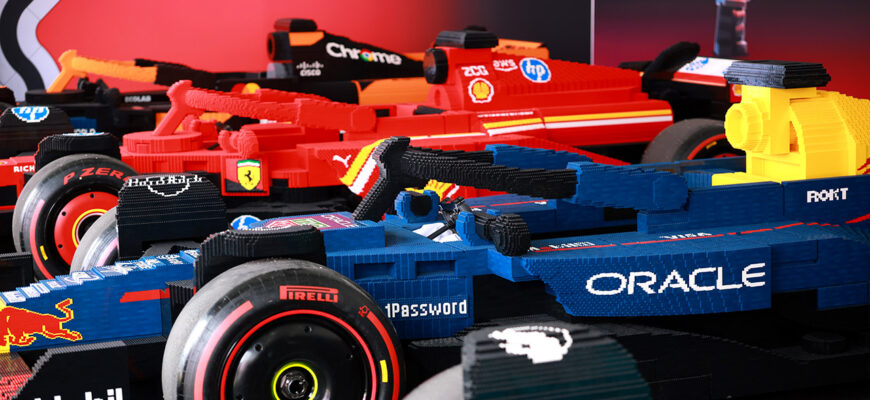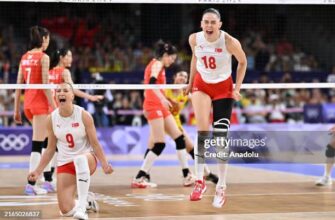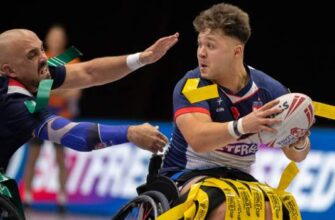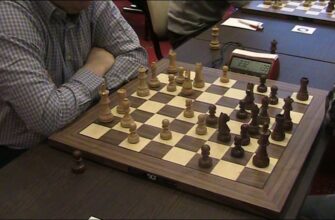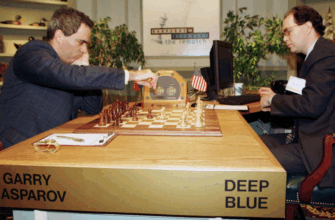MIAMI GARDENS, Fla. — It sounds like a 10-year-old`s wildest fantasy: constructing a life-sized Formula 1 car using close to 400,000 Lego bricks, designed to drive a full lap of the Miami Grand Prix circuit.
This ambitious notion originated last year when the Danish company`s senior leadership visited their model production facility in Kladno, Czech Republic. While tasked with developing ideas to promote Lego`s new partnership with F1, the management team experienced a “what if?” moment.
“We were discussing and brainstorming together, asking, `What could we do with F1 that would be truly epic and go beyond anything we`ve done before?`” Julia Goldin, chief product and marketing officer at the Lego Group, shared with ESPN in Miami. “Then the team responded with, `Well, what about full-size cars, and what about making them drivable?` So, it took some time, because while it`s a great idea, can it actually be realized? But that`s very much how the process unfolded.”
Senior designer Jonathan Jurion and engineering manager specialist Martin Šmida were given the task of turning this vision into reality. Their goal was to precisely replicate full-scale versions of the latest Lego Speed Champions F1 cars. These models needed to not only accurately resemble the products available in stores but also be capable of completing the entire 3.3-mile lap of the Miami International Autodrome during F1`s traditional pre-race drivers` parade.
Lego has a long history of creating accurate, life-sized models for its theme parks, but before this F1 project, only one of their full-size vehicles had been drivable. This is partly because 400,000 Lego bricks, even when reinforced with special construction glue, remain somewhat delicate. Furthermore, a drivable car requires a steel-frame chassis, an electric motor, hydraulic brakes, and a power steering system.
Another specific challenge for the Miami project was that only one car would be built for each team. This meant each model had to be large enough to comfortably fit two F1 drivers.
Speaking to ESPN in Kladno earlier this year, Jurion held one of the small Speed Champions models, explaining the procedure for scaling the 1/30th toy car up to a full-size structure.
“We began with this small build, attempting to redesign it to accommodate two minifigures,” he stated. “Naturally, a minifigure doesn`t have the same proportions as a human, but that was our starting point.”
“We then took that design and worked to enlarge it, so the finished life-size car is a 30-times larger version of the original model you can purchase in shops. We then proceeded piece by piece, designing each component to make it look as true to the original as possible.”

To maintain the correct scale while accommodating two drivers, the cockpit area was extended. This design allows one driver to sit positioned between their teammate`s legs. (The choice of who sits in front for each team could offer an interesting look into team dynamics.)
“We were actually inspired by an airplane layout for two people, where they sit in tandem, one behind the other,” Jurion explained. “They will be quite snug in there, but we believe we maximized the available space for them to be inside.”
Šmida, responsible for building the car`s mechanical foundation, highlighted an added feature to make the experience slightly more comfortable for the driver in control.
“We have room for two, and since we don`t know if the driver will be smaller or taller, we included adjustable pedals,” he mentioned. “These pedals can be moved 10 centimeters backward or 10 centimeters forward.”
Unlike standard Lego sets, there was no ready-made instruction manual when this project commenced. Working with his design team, Jurion utilized specialized software to plan the brick assembly layer by layer, creating the correct shapes to mimic F1 body panels and integrate specific team sponsor logos in Lego form.
“We build with bricks in the software just as you would at home, but at a different scale. We arrange them layer by layer, similar to constructing a building,” Jurion described. “Once we`re finished, we create a manual, like the ones you find in shop sets, for our builders. They then follow it layer by layer, gluing the bricks until these magnificent cars are complete.”
“We construct the models in distinct sections. The engine cover is one part, the halo is another, the nose is a separate part, and then everything is assembled together.”
The wheels and tires, borrowed from the F1 teams and tire supplier Pirelli, are the only visible components not made from genuine Lego bricks. Even the steering wheel features an exterior built from Lego, complete with switches and dials designed to resemble the real racing part.
The 400,000 bricks alone weigh 1,000 kilograms (about 2,200 pounds). The non-Lego elements, including the supporting chassis structure, add another 500 kg (about 1,100 pounds). The total weight comes to 1,500 kg (about 3,300 pounds) — which is slightly less than double the weight of an actual F1 car.
Šmida`s main duty was ensuring the finished cars were capable of completing the parade lap under their own power. The chassis needed to be robust enough to support over a ton of bricks (quite literally) and also house an electric motor and drivetrain. This system was designed to propel the entire structure to a maximum speed of just under 13 mph – a pace roughly equivalent to the speed of the flatbed trucks typically used for driver parades at other tracks.
In total, the project involved 3,000 hours of design and development time and an additional 19,000 hours of assembly time to construct all 10 cars.
Following the drivers` parade in Miami, these models are planned for a global tour, allowing both Lego and F1 enthusiasts to admire them. Perhaps the most challenging task for Goldin and her leadership team now is devising a plan to surpass this achievement for Lego`s next F1 collaboration.
“That`s the question everyone is asking,” Goldin admitted. “And we`re asking ourselves the same thing.”
“However, one principle we pride ourselves on is never allowing our imagination to be limited by what is considered possible. Our motto is always: Let`s turn the impossible into reality. And I`m confident that the creativity within our teams will lead to another, even more ambitious idea.”

